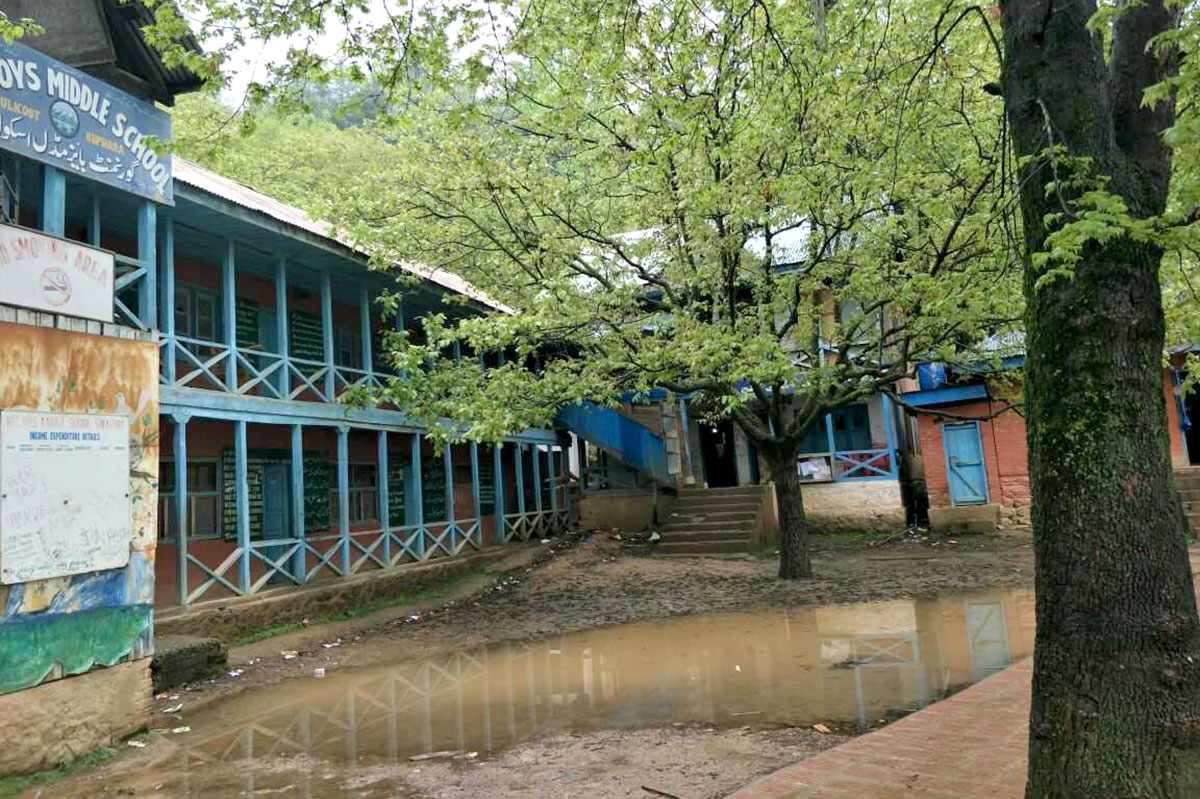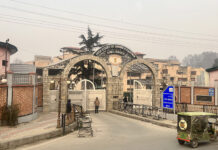SRINAGAR: The 12.75 kilometre longest railway tunnel is being built in Jammu and Kashmir’s Ramban district with 60 per cent of the work complete, the MSN news reported.
Currently, 7.35 km (60 per cent) have been completed on the tunnel T49 which is punching through the Pir Panjal range bordering the Kashmir valley. The breakthrough of the tunnel was achieved in February this year.
The tunnel is being built under the Udhampur-Srinagar-Baramulla Rail Link (USBRL) slated to be completed by… The T49 tunnel will connect the Sumber and Arpinchala Stations in the Ramban district.
The tunnel is being built by Afcons who have also constructed two adits, twenty cross passages, two bridges, and a station yard among structures.
Defying Gravity
Tunnelling itself is a veritable challenge in the Himalayas. The complexity involved in constructing a tunnel with a downward gradient is huge. The gradient of a tunnel is a measure of how steep a slope or a line is. It plays a major role in overall engineering & construction. The T49 tunnel is being built from the north portal (Arpinchala Village) at an altitude of 1,600 metres.
Due to this altitude, one of the major challenges was the pouring of overt gantry concrete from an upward gradient to a downward gradient.
“The pouring rate of overt gantry concrete should not be more than 5.8 cum/hr. If the pouring rate is increased then there are chances of bulging of the gantry which will lead to misalignment. To avoid this, the team effectively and meticulously ensured an accurate pouring rate, and the gantry mechanism was minutely surveyed,” said Chandra Shekhar Dixit, Afcons’ Project Manager.
Excavation Challenges
Besides the unique challenge of gravity, arranging ventilation systems, dewatering and navigating adverse geological and climatic conditions were also the challenges faced in the construction of the tunnel. In one of the tunnel sections, a 450M-long stretch had a thick overburden of 800-850M.
“The overburden was causing incidents of rock bursting, spalling, and popping during excavation. We drilled pressure relief holes to release the accumulated stress, and installed Swellex bolts to provide immediate support,” Dixit said.
In another two-kilometre stretch of the main tunnel, there was a risk of high deformation due to squeezing ground conditions. “We were facing a daunting challenge of diameter reduction by almost 1-1.5M. This would have significantly impacted the project’s progress. To avoid this, we identified the stretch, and reprofiled it,” the Project Manager explained.
There were other geological challenges like cavity formation due to the presence of a shear zone in the escape tunnel. The construction activities were also impacted by huge water ingress.
“The dewatering system for a more than 4 km-long tunnel in a downward gradient was extremely challenging. The increase in the length of the tunnel meant more water inside. Dewatering arrangements for such a long tunnel having a head of 40M was daunting,” Dixit said.















